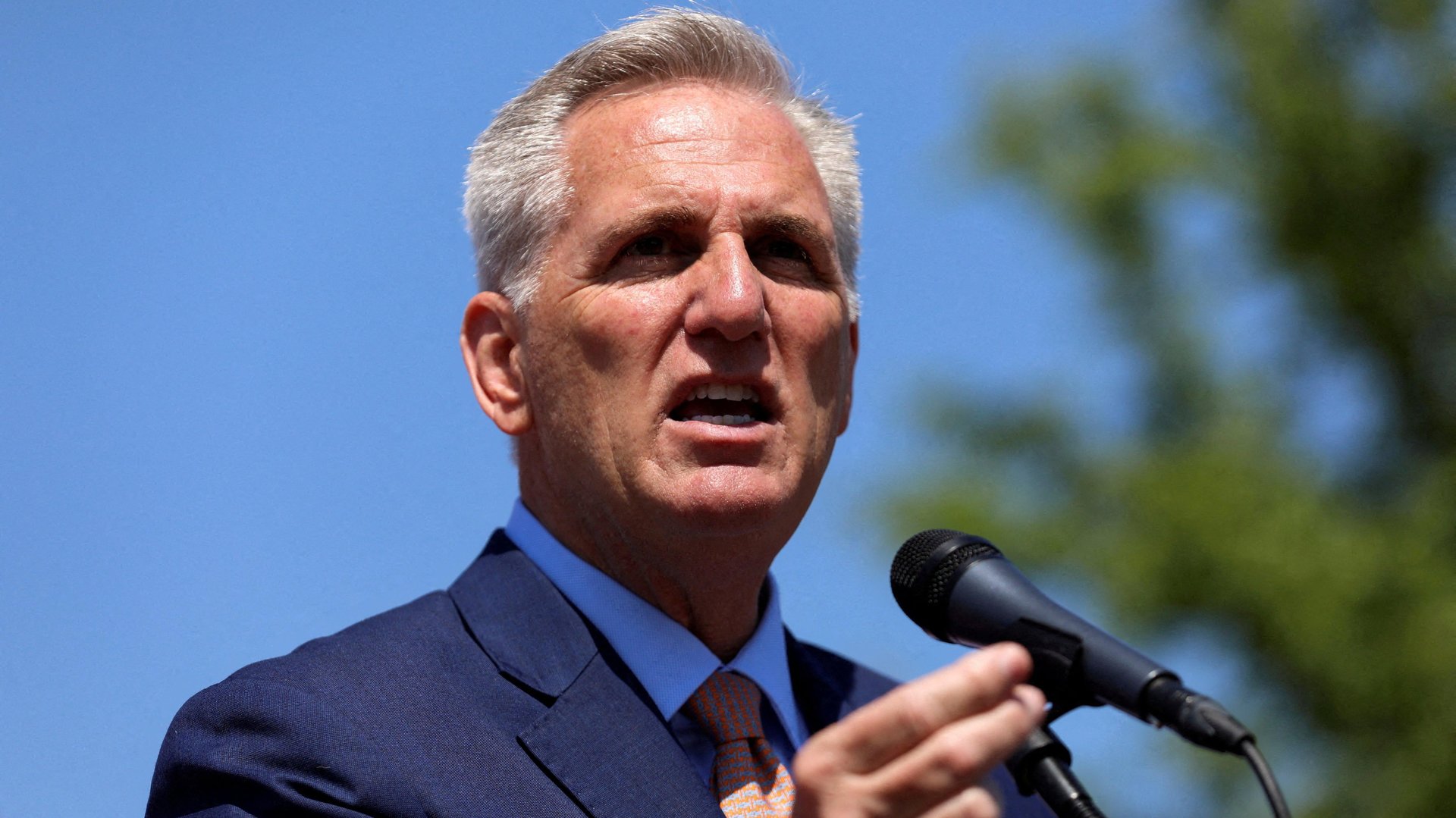The unnecessary debt ceiling showdown is already costing US taxpayers money
Markets are starting to take notice of Republican threats to detonate the economy

The US government is closing in on an arbitrary limit on issuing new debt, and financial markets are finally starting to notice. Forecasters expect that the debt limit will be reached sometime between mid-June and mid-August, but speaker of the House Kevin McCarthy says Republicans will refuse to raise it unless spending is cut by an average of 18% in the years ahead.
Suggested Reading
Republicans have declined to say specifically what programs should be cut, and even critics of spending say these cuts would be difficult to implement. But if the limit isn’t raised, US president Joe Biden will face a constitutional crisis as he’s forced to choose between paying bills that lawmakers already incurred, or defaulting on government debt payments.
Related Content
While Wall Street types tend to be (too) sanguine about the possibility of politicians reaching a deal, that calm stance is starting to slip: Investors are forcing the government to pay higher interest rates on debt due when the limit is forecast to be reached, known as the X-date.
Short-term government debt due in mid-June is currently paying yields more than 100 basis points higher than debt due in mid-May. That’s a huge spread between two bills that should be priced similarly, with just a month between their maturity dates—except if you think there’s risk of a default, or simply a market crash linked to potentially chaotic negotiations.
Bond yields are just the beginning of debt ceiling impact
This all has real effects on government spending. Consider that on April 13, the US Treasury auctioned bills due in four and eight weeks. The spread between the two bills was 73 basis points; the $50 million of eight-week bills cost taxpayers about $450,000 more than if the bonds had offered similar yields. In April 2022, the spread between four- and eight-week bills was 13 basis points.
That extra interest may not sound like much, but higher yields on government debt issued in the next month and through potential negotiations mean the costs to taxpayers will soon be in the millions—and that’s before the potential economic effects of the outcome are factored in.
Biden is meeting with a group of bipartisan lawmakers today in an effort to coax Republicans into budget negotiations instead of hostage-taking. Moody’s estimates (pdf) that a prolonged default would push the US into recession and throw 7 million people out of work. Given the seeming fragility of the US economy during the current interest-rate hiking cycle, even a temporary default or a brief market crash could lead to disproportionate economic harm.
